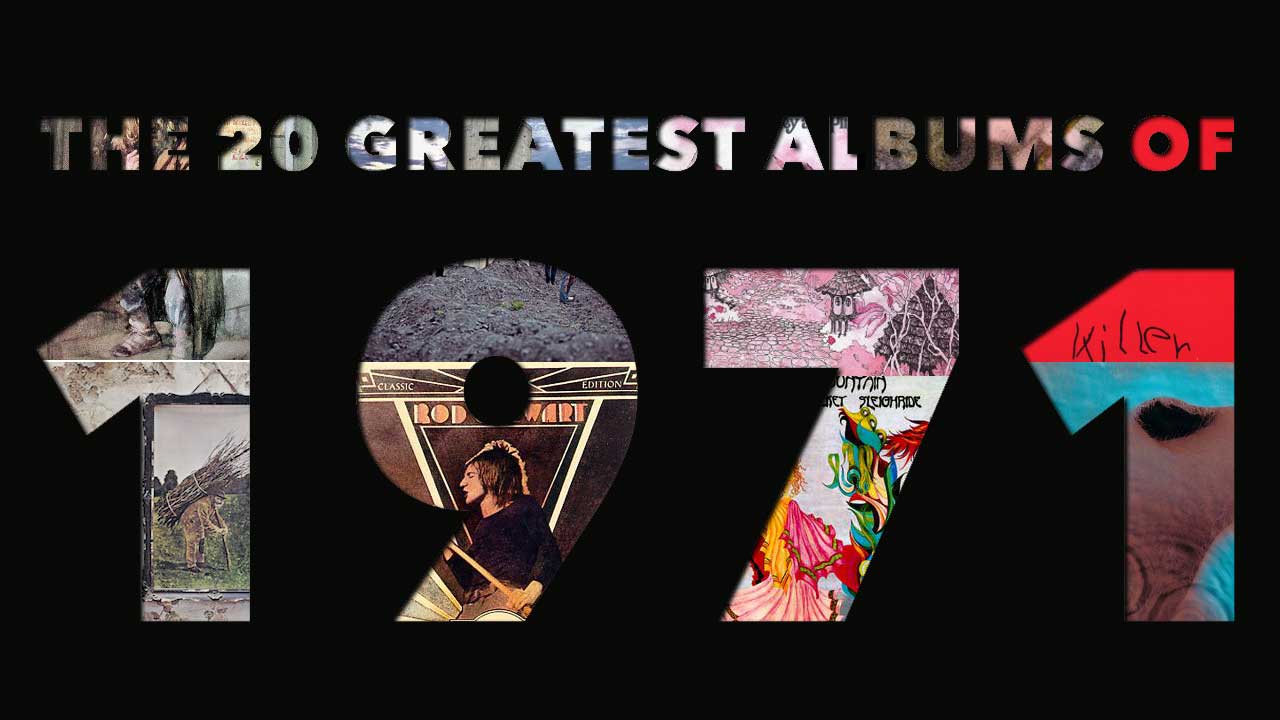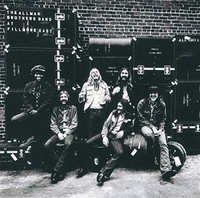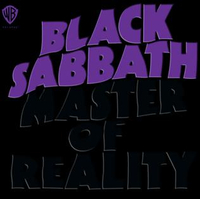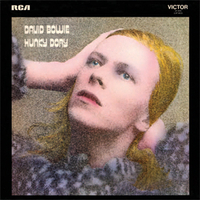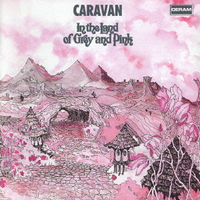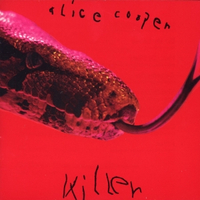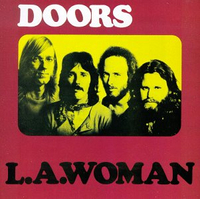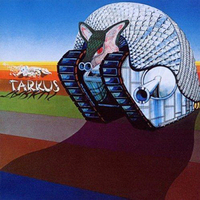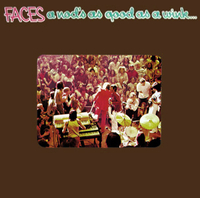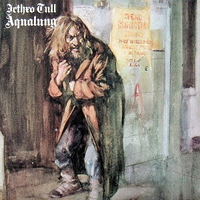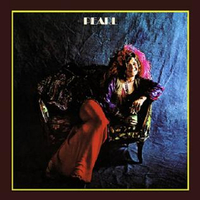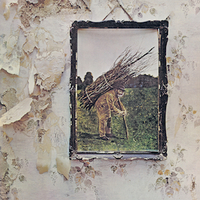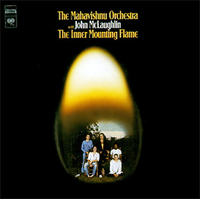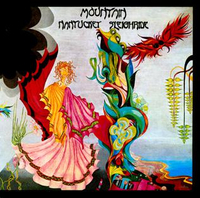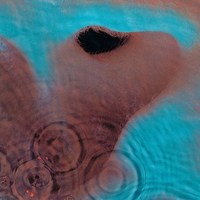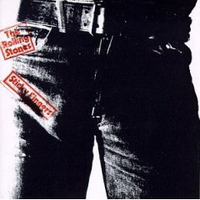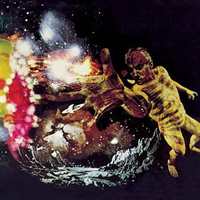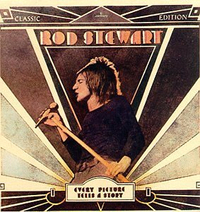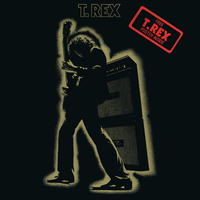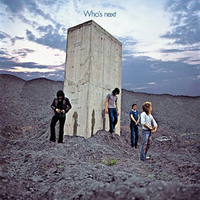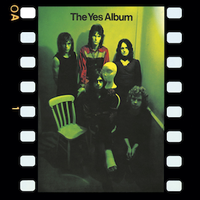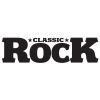In 1971 the official voting age was lowered in the US from 21 to 19, and the average UK house price was less than £6000.
India invaded East Pakistan, Disney World opened in Florida, Apollo 14 became the third successful manned mission to the Moon, Mount Etna erupted, the Pentagon Papers were released, and the first internet chat rooms appeared as the US Government put the EMISARI system into use.
In music, Jim Morrison passed away in Paris, Frank Zappa broke his leg after being pushed offstage in London by a jealous punter, and musicians worldwide got their first opportunity to annoy other guitar shop customers by playing Stairway To Heaven badly while testing new instruments.
These are the 20 best albums of 1971.

The Allman Brothers Band - At Fillmore East
By the time At Fillmore East had climbed into the Top 10 in the US, The Allman Brothers Band were being hailed in print as ‘the best rock’n’roll group in America.’
Today, it’s the band’s defining moment. With lengthy jams the vehicles for some energetic ensemble playing and inspired soloing, At Fillmore East is also one of rock’s great live albums
Black Sabbath - Master Of Reality
If the Black Sabbath and Paranoid albums laid the foundation stones, then Master Of Reality saw the house built, painted, plumbed in and decorated.
The writing is consistently strong, with many of the tracks here among the best Black Sabbath would ever record, and from start to finish it’s one monster riff after another. None more Black.
It is almost impossible to overstate David Bowie’s influence on, and importance to, popular music. And it takes little more than the names of some of the top-drawer songs on Hunky Dory – Changes, Life On Mars, Oh! You Pretty Things, Andy Warhol, Kooks – as evidence of how good an album it is.
Varied and expansive, it’s easily among Bowie’s very best.
Caravan - In The Land Of Grey And Pink
Caravan at their very best, and an album that’s widely and deservedly seen as a prog rock classic.
Golf Girl reflects the endearing whimsical side of the band, and Winter Wine flows along on a sublime melody, but the highlight is easily the wonderfully conceived and executed Nine Feet Underground, the album’s dynamic 23-minute centrepiece.
”The telephone is ringing…” kicks off the superb Under My Wheels, which in turn kicks off the freewheeling, revved-up rock’n’roll album that many would point to as the peak of Alice Cooper’s achievements.
With new hotshot producer Bob Ezrin behind the desk, a pocketful of rollicking, quality tunes and their tongue in their cheek, in the musical climate of 1971, Killer – in tandem with Alice’s shlock-horror image – just couldn’t fail.
It’s difficult to identify precisely what The Doors had that has seen their music and mystique seduce every new generation of music fans, but whatever it is, the blues-rooted L.A. Woman has it in spades.
In turns driving, grooving, brooding, romantic and belligerent, it contains some of The Doors’ best work: The WASP (Texas Radio And The Big Beat), L.A. Woman, Riders On The Storm… As well as being their best album, it’s also a popular music landmark.
Emerson, Lake And Palmer - Tarkus
When, for their second album, ELP came up with a concept piece, with its core the 21-minute epic title track, a few eyebrows were raised. But the doubts were washed away by wave after wave of bold, brash and beguiling prog rock in a titanic display of complex but focused writing.
A feast of instrumental fireworks and finesse, everything came together on an album that remains firmly among many ELP fan’s favourites.
The Faces - A Nod’s As Good As A Wink To A Blind Horse
Eclipsed by Rod Stewart’s burgeoning solo career (Maggie May hit No.1 just weeks earlier), the band had finally transferred the bloozy bonhomie of their live shows to the studio, serving up such irresistible items as Miss Judy’s Farm and, somewhat prophetically, Last Orders Please.
Best of all were Ronnie Lane’s gorgeous ballad Debris, and the rambunctious Stay With Me which gave the Faces their first hit, but the whole album painted a colourful picture epitomising what the band were about: good-time, knockabout, laddish rock’n’roll. And plenty of it.
The album that completed the transition of Jethro Tull from a blues outfit with a flute-playing twist to a prog rock band of depth, imagination, humour, style and individuality.
A concept album of sorts, it was a well-woven combination of weighty rock and folk themes that is still, for many, Tull’s finest moment.
Janis Joplin was widely regarded as the best female blues/rock singer of her generation, and this is her best album in terms of consistency.
Her voice is one minute sweet, soft and floating, the next rasping, supercharged with enough emotional heat to blister paint. At times you can almost feel the pain and taste the tears. This is one hell of a parting shot before she died.
Quite simply, this is a monster of an album. Including such definitive Led Zeppelin cornerstones as Stairway To Heaven, Rock And Roll, Going To California, When The Levee Breaks and The Battle Of Evermore, this record is a distillation of the purest essence of Zeppelin.
To anyone who asks: ‘What were Led Zeppelin like?’, playing this album to them would provide an eloquent answer. An embarrassment of riches.
Mahavishnu Orchestra - The Inner Mounting Flame
With head-spinning, thought-blurring, all-round virtuosity-with-knobs-on from guitarist John McLaughlin and drummer Billy Cobham in particular, Mahavishnu’s debut was the first jazz rock album that rock fans in numbers found themselves being jolted and grabbed by – enough of them, in fact, to make it an unlikely but important Top 20 hit.
The thinking/muso rock fan’s badge of cool in 1971.
Mountain - Nantucket Sleighride
What Cream had pioneered, Mountain (who included Cream producer Felix Pappalardi) capitalised on, combining gargantuan riffs with a thick guitar/bass wash.
The band were always at their best when going off on lengthy, instrumental flights of fancy, and the title track of …Sleighride is Mountain doing just that, with Leslie West’s masterful guitar playing.
An album of two stunning tracks – dark, ominous rhythmic opener One Of These Days, and the epic 23-minute closing title track – bookending the folkish, acoustic Fearless, the jaunty San Tropez and a pair of relative throwaways.
Echoes is the Meddle’s centrepiece, a superb, sprawling soundscape of changing moods, tones and textures, sound effects and howling feedback.
The Rolling Stones - Sticky Fingers
The first album to be released on their own Rolling Stones label, and what an opening shot. Along with the riff-driven and truly classic Brown Sugar, the beautiful country blues of Wild Horses, the flowing Can’t You Hear Me Knocking and others combine on an album rich in texture and broad in appeal.
A vinyl Sticky Fingers was an essential artefact for any snake-hipped 1970s nicotine lout. Even discounting the packaging, Sticky Fingers is, without any exaggeration, your bona fide 30-out-of-10 album.
Santana’s third album, featuring some of the heaviest material they recorded, with Carlos and newly added Neil Schon’s guitars and Gregg Rolie’s Hammond organ duelling furiously in places.
This was Santana’s last real rock record before jazz, soul and other influences came along and, for many people, poisoned their potent rock/Latin cocktail.
Rod Stewart - Every Picture Tells A Story
The first album ever to hit the number one spot in the US and UK simultaneously, and the album that made Rod a household name via the song Maggie May, which also topped the British and American charts at the same time.
But that was only one of a number of engaging, highly listenable tracks that also included the wonderful Reason To Believe and a slide guitar-anchored rendition of Elvis’ That’s All Right.
At a time when you were either a singles band or an albums band, Marc Bolan was having his cake and eating it, shifting loads of copies of both. Electric Warrior completed T. Rex’s transformation from hippie folkies into flamboyant purveyors of trashy rock’n’roll.
The guitar playing was rudimentary, the lyrics often drug-induced nonsense; Bolan was a glittering pop star who appealed to screaming kids. But what a wonderfully trashy album it was. And, secretly, we all loved to boogie to it. And still do.
Pete Townshend originally intended this to be another ‘concept’ album called Lifehouse. In the end (thankfully), for a number reasons, it ended up as a fine album of unconnected songs.
It was still a cohesive collection, including Baba O’Reilly, the wistful Behind Blue Eyes and the rollicking Won’t Get Fooled Again. All became Who favourites.
Containing soon-to-be-favourite Yes songs such as Yours Is No Disgrace and the sprawling Starship Trouper, The Yes Album is where the band nailed the sound and the songwriting style that would make them one of the preeminent prog rock bands of the 70s.
New arrival Steve Howe’s composing and playing were major factors that helped make it their breakthrough.
- The 20 best rock albums of 1970
- The 20 best rock albums of 1972
- The 20 best rock albums of 1973
- The 20 best rock albums of 1974
- The 20 best rock albums of 1975
- The 20 best rock albums of 1976
- The 20 best rock albums of 1977
- The 20 best rock albums of 1978
Classic Rock Newsletter
Sign up below to get the latest from Classic Rock, plus exclusive special offers, direct to your inbox!
